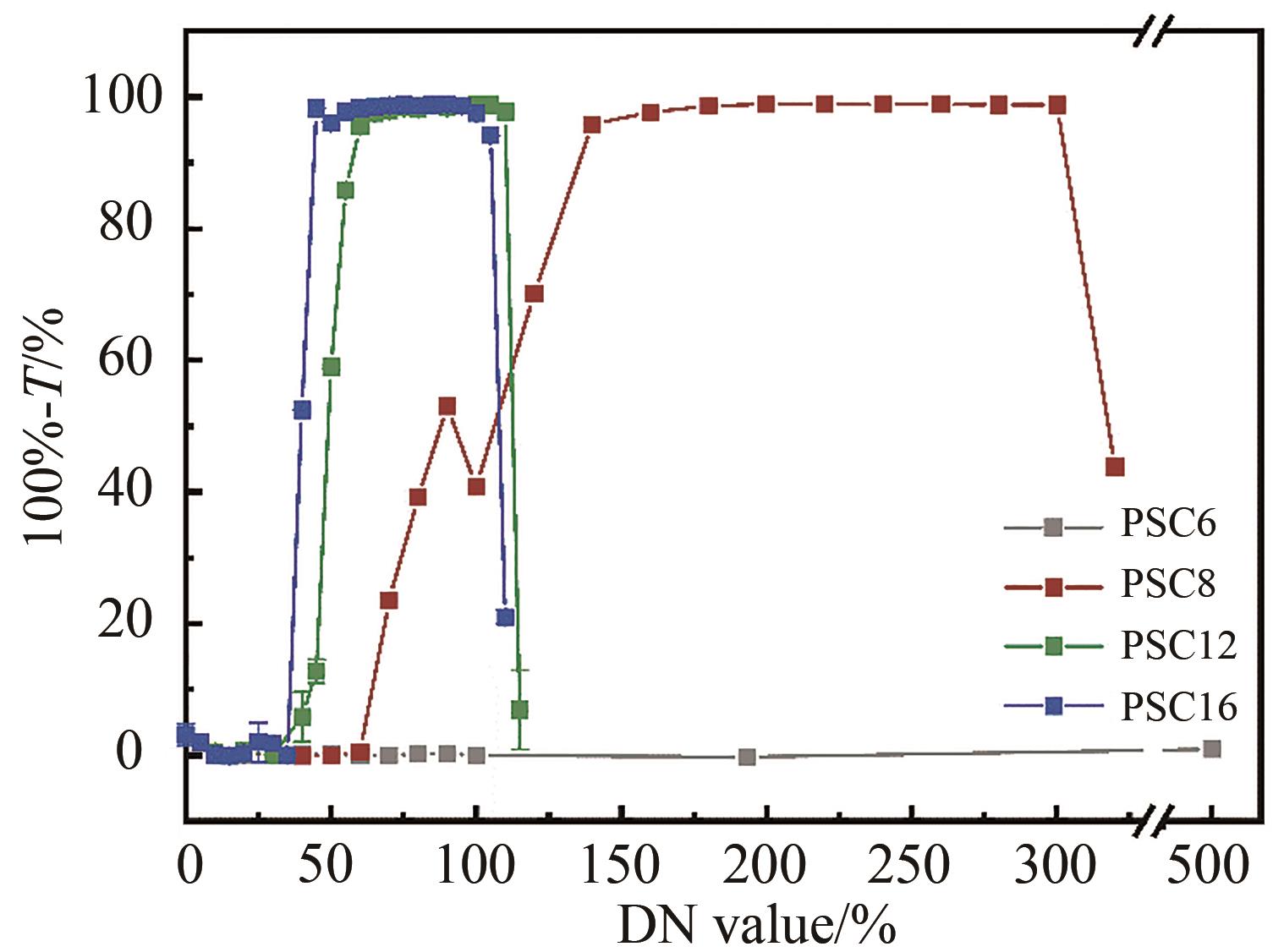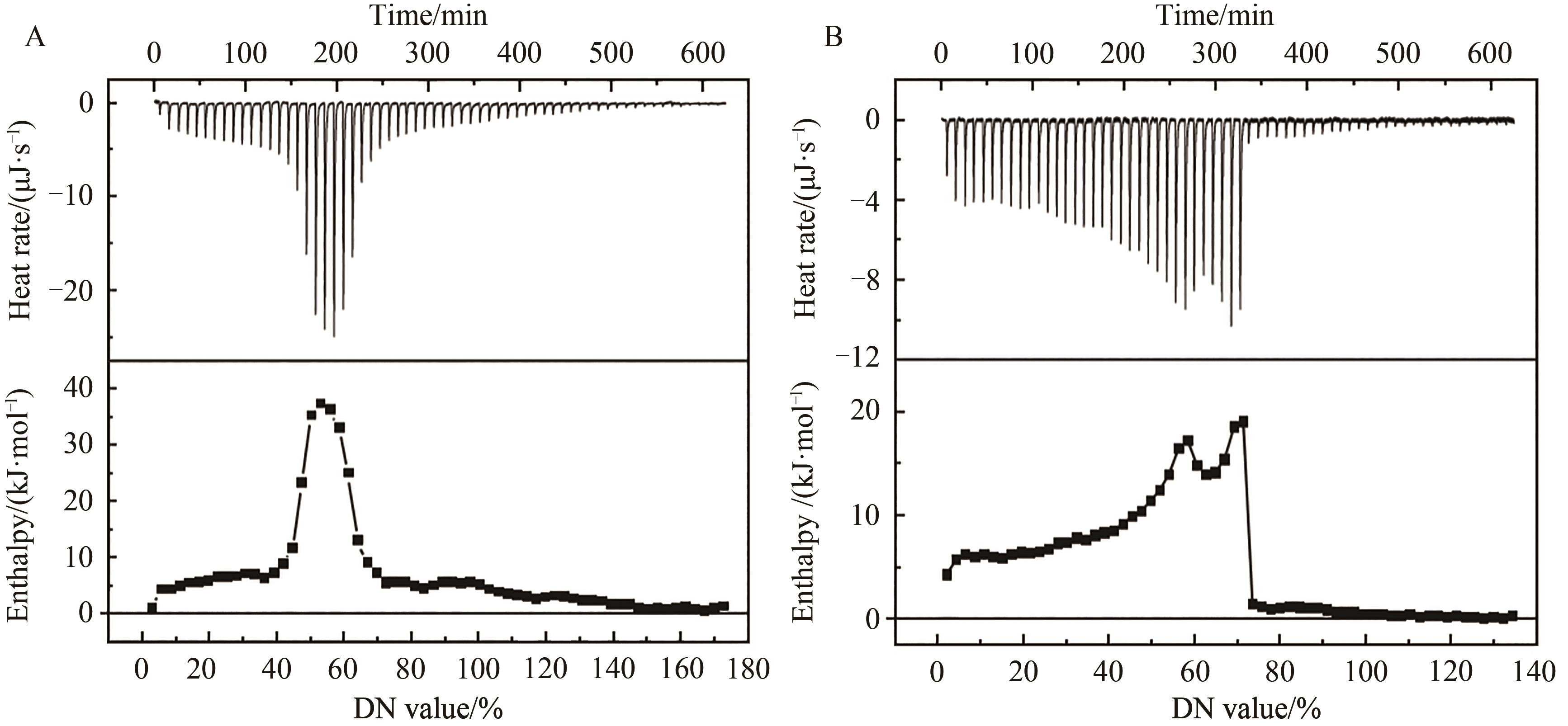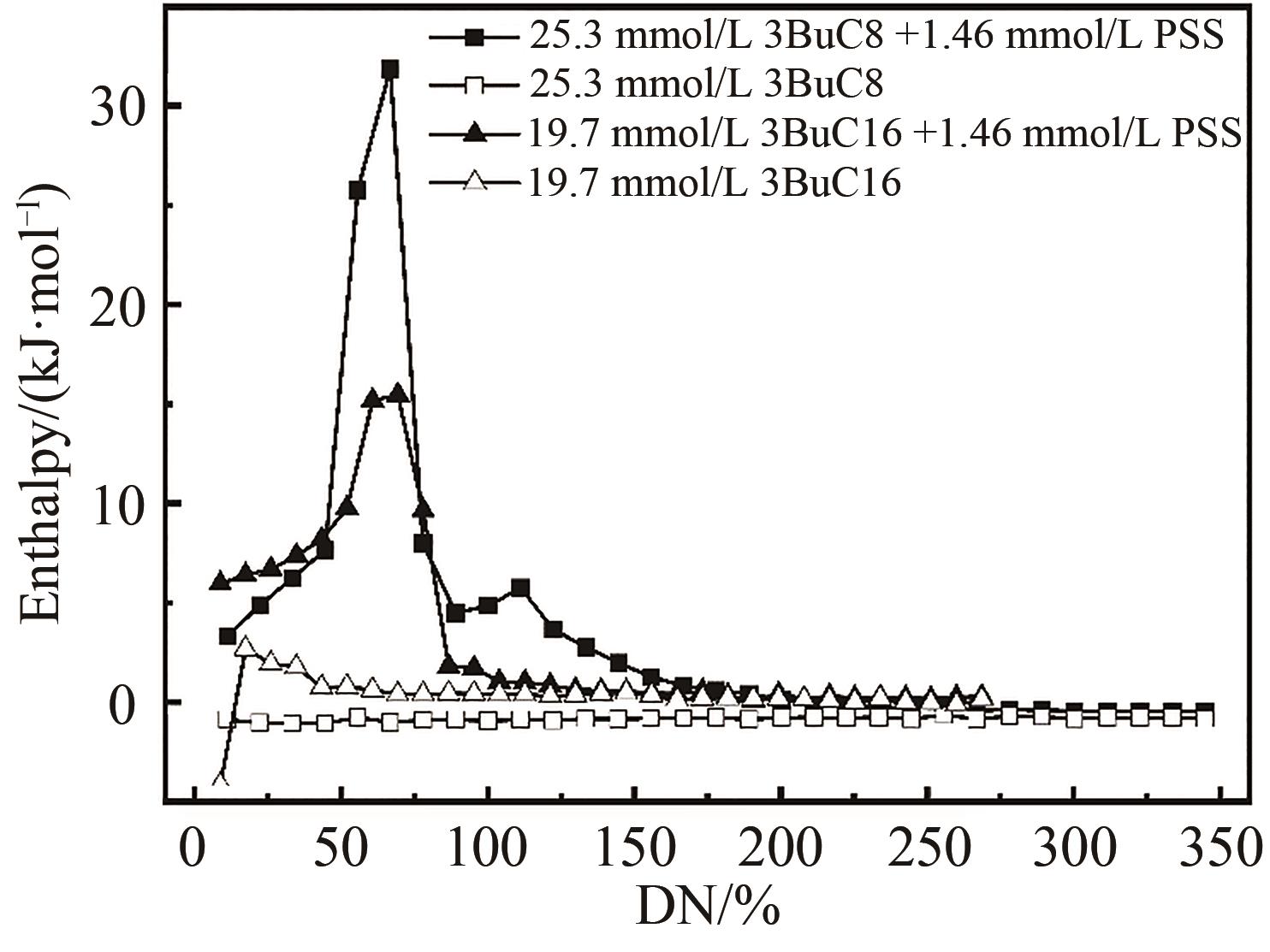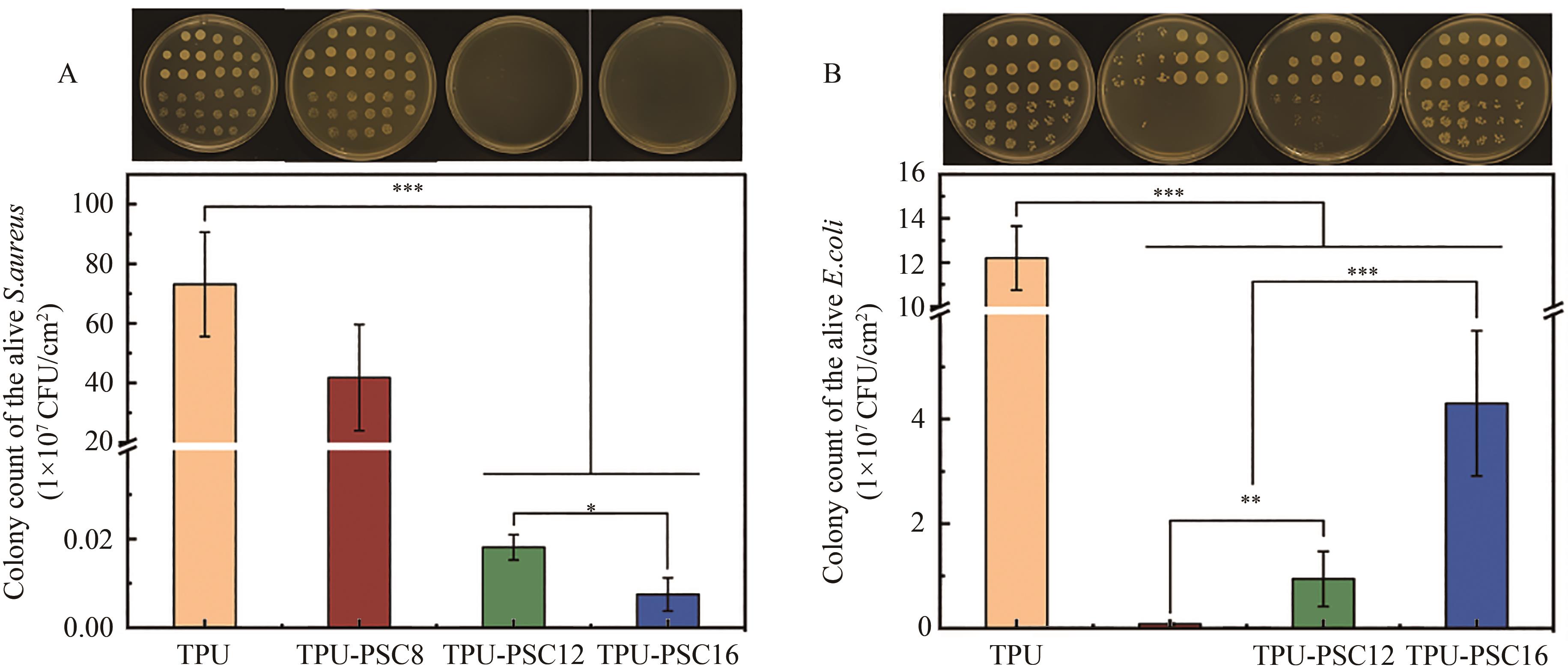| [1] |
Hai-Gang SHI, Yan-Ni GUO.
Design and Preparation of Flame Retardant and Hydrophobic Melamine Foam
[J]. Chinese Journal of Applied Chemistry, 2024, 41(4): 538-546.
|
| [2] |
Ting-Ting GU, Ke ZHANG, Xin-Zhou ZHANG, Yang LIU, Wei-Cai SUN, Ai-Dong TAN, Jian-Guo LIU.
Research Progress on Anodic Titanium‑Based Gas Diffusion Layer in Proton Exchange Membrane Electrolysis Cell
[J]. Chinese Journal of Applied Chemistry, 2024, 41(3): 365-376.
|
| [3] |
Yu-Zhu CHEN, Si-Si LIU, Meng-Meng ZHANG, Xiang-De LIN, Dong-Dong ZENG.
Polyurethane Dressing Based on Antibacterial Chitosan/Carboxymethyl Cellulose Composite Drug Coating
[J]. Chinese Journal of Applied Chemistry, 2023, 40(2): 252-260.
|
| [4] |
Yu-Le WANG, Ke-Li YANG, Yan-Fang GAO.
Preparation and Electrochemical Properties of Molybdenum Carbide Modified Silica
[J]. Chinese Journal of Applied Chemistry, 2022, 39(11): 1716-1725.
|
| [5] |
Ying ZHAO, Yi-Jia SHAO, Luo-Qian LI, Jian-Wei REN, Shi-Jun LIAO.
Research Progress on the Degradation Mechanism and Cycle Stability Improvement of Lithium-Rich Cathode Materials
[J]. Chinese Journal of Applied Chemistry, 2022, 39(02): 205-222.
|
| [6] |
XIE Zi-Xu, ZHANG Peng-Fei, WANG Xing.
Developing New Stereochemistry Antimicrobial Strategy to Advance Biosafety Materials
[J]. Chinese Journal of Applied Chemistry, 2021, 38(5): 510-523.
|
| [7] |
LIU Hui, LIU Xiao, CAO Yuan-Qiao, LIU Ming, LIU Ya-Dong, HAN Miao-Miao, JI Sheng-Xiang.
Research Progress on Amino Acid-Based Antimicrobial Polymers
[J]. Chinese Journal of Applied Chemistry, 2021, 38(5): 559-571.
|
| [8] |
SUN Zhenlong, YAN Shunjie, ZHOU Rongtao, ZHANG Zhenyan, OUYANG Zhaofei, ZHU Xuezhen, YIN Jinghua.
Recent Progress in the Development of Smart Coatings Based on Antimicrobial Peptides
[J]. Chinese Journal of Applied Chemistry, 2020, 37(8): 865-876.
|
| [9] |
JI Wanli, ZHONG Shaofeng, YU Xueman.
Preparation and Properties of Superhydrophobic and Flame-Retardant Cotton Fabric
[J]. Chinese Journal of Applied Chemistry, 2020, 37(3): 301-306.
|
| [10] |
PAN Ge, LIU Fang, FU Zhilei, LI Shuangshuang, XU Donghua, XU Zhaohua, SHI Tongfei, WANG Xiaowei, MA Rui.
Effect of Mass Fraction of Color Paste in Waterborne Polyurethane Coatings on Low Temperature Blasting Properties of Polyvinyl Chloride Skin
[J]. Chinese Journal of Applied Chemistry, 2020, 37(2): 182-189.
|
| [11] |
ZHANG Tong, OUYANG Jinyang, ZHAO Xiaoli, YANG Xiaoniu.
High Efficiency Ternary Polymer Solar Cells Fabricated by Spray Coating
[J]. Chinese Journal of Applied Chemistry, 2020, 37(1): 24-31.
|
| [12] |
FAN Tianbo,CHEN Si,JIANG Yu,CAI Xun,KANG Ping,LI Li,ZHANG Li,LIU Yunyi.
Processing and Properties of Rubber Modified by Coated Heavy Calcium Powder as the Filler
[J]. Chinese Journal of Applied Chemistry, 2019, 36(7): 790-797.
|
| [13] |
HAN Lu, QIN Wei.
Preparation and Electrochemical Hydrogen Storage Properties of TiO2 Coated Co9S8
[J]. Chinese Journal of Applied Chemistry, 2018, 35(8): 963-968.
|
| [14] |
LI Jianhua,WANG Hongze,SHENG Lan,LU Zhikai,ZHANG Sean Xiao-An.
Industrial Preparation of Water-Jet Rewritable Paper
[J]. Chinese Journal of Applied Chemistry, 2018, 35(6): 679-686.
|
| [15] |
ZHANG Weigang, XU Guoyue, XUE Lianhai, CHEN Yaxi.
Influence of 3-Aminopropyltriethoxysilane on Natural Aging Property of Polyurethane/Al-Sm2O3 Composite Coatings
[J]. Chinese Journal of Applied Chemistry, 2017, 34(4): 430-435.
|

 ), Lei WANG1, Qiu-Yan YAN1, Heng-Chong SHI1,2(
), Lei WANG1, Qiu-Yan YAN1, Heng-Chong SHI1,2( ), Jing-Hua YIN1, Shi-Fang LUAN1,2
), Jing-Hua YIN1, Shi-Fang LUAN1,2




